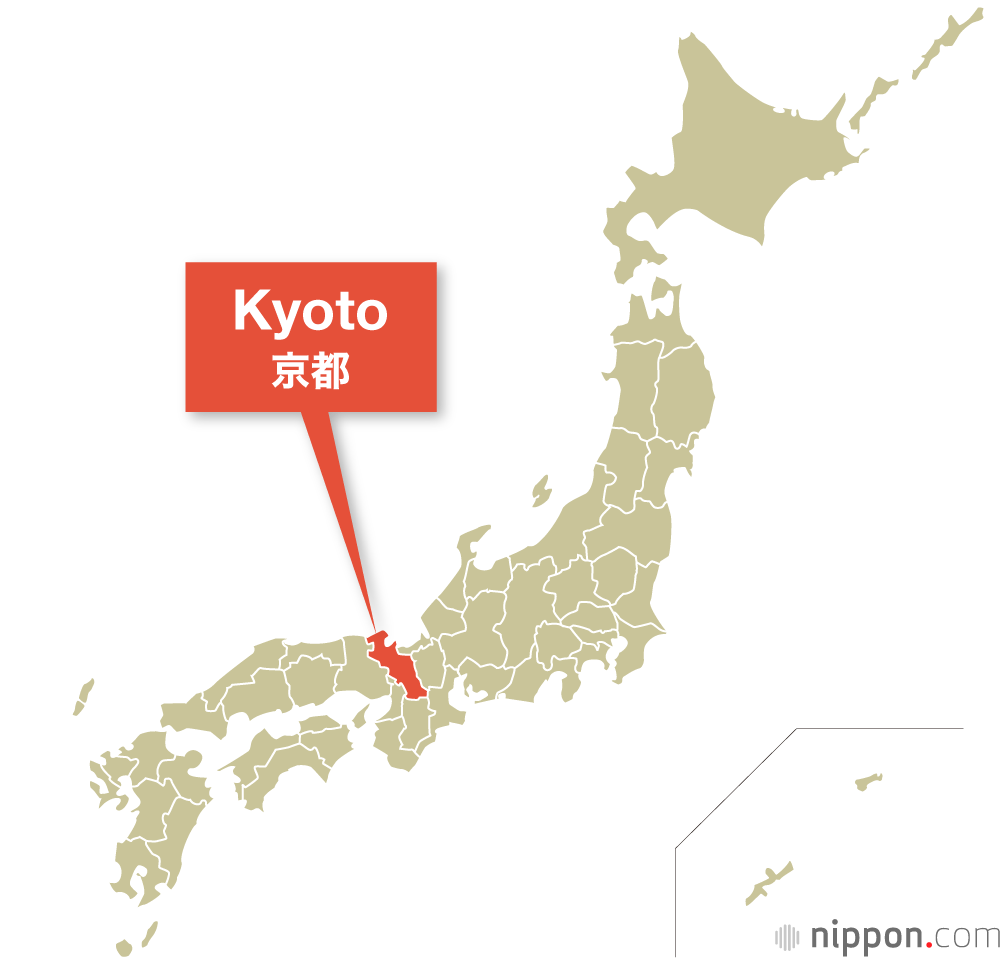Kyoto Prefecture
Banzai Japan
Idol Group
Visit there
Website
Kyoto Prefecture is Japan’s cultural center, including the former capital of Kyoto with its plethora of temples and shrines and its large population of practitioners of traditional crafts.
As the location for the city of Kyoto, which was the imperial capital of Japan for a millennium, Kyoto Prefecture is steeped in history.
It is one of just two urban prefectures (fu), based around the country’s important cities.
The city of Kyoto lies in the southern part of the prefecture, and forms part of the heavily urbanized Kansai region center, together with Osaka and Kobe.
The prefecture is divided roughly into two parts by the Tanba Mountains, with the north stretching toward the Sea of Japan coast.
Kyoto Prefecture at a Glance
- Established in 1871 (formerly Yamashiro, Tanba, and Tango provinces)
- Capital: Kyoto
- Population: 2,578,000 (as of Oct. 2020)
- Area: 4,612 km2

The city of Kyoto is known for its many temples and shrines, several of which are included in the UNESCO World Heritage site, the Historic Monuments of Ancient Kyoto.
Among the most famous, Kiyomizudera dates back for over a millennium and offers a panoramic view of the city from its wooden stage.
The Zen temple of Kinkakuji awes visitors with its golden pavilion, and was the model for Ginkakuji, which became associated with the flourishing of Higashiyama culture in the fifteenth century.
To the south, Fushimi Inari Shrine is popular for its tunnels of vermilion torii.
Floats make a stately progress through the city in the centerpiece of the Gion Festival in July, which is one of Japan’s most famous local observances.
In the south of the prefecture, the city of Uji has a notable temple in Byōdōin.
Originally the residence of the powerful leader Fujiwara no Michinaga, it later became a temple, and its fame is such that it appears on the ¥10 coin.
In the north of the prefecture, Amanohashidate, a narrow sandbar covered in pines, is considered to be one of Japan’s traditional Three Scenic Views.
Kyoto has sophisticated versions of many traditional Japanese crafts.
Techniques associated with production of kimonos are particularly highly regarded, such as nishijin-ori silk weaving and kyō yūzen dyeing.
The city is also known for ceramics, dolls, lacquer ware, and fans.
At the same time the prefecture is a center for high-tech industry, and the home of companies like Nintendo and Kyocera. The city of Uji is renowned for its matcha green tea.
Mayumaro is the mascot for Kyoto Prefecture, taking its name and appearance from a silkworm cocoon (mayu), due to the use of silk in local kimonos.
Famous Figures
- Dōgen (1200–53): Founder of the Sōtō school of Zen Buddhism.
- Itami Jūzō (1933–97): Director, known for works including Tanpopo.
- Wada Emi (1937–2021): Costume designer who won an Academy Award for her work on the Kurosawa Akira film Ran.